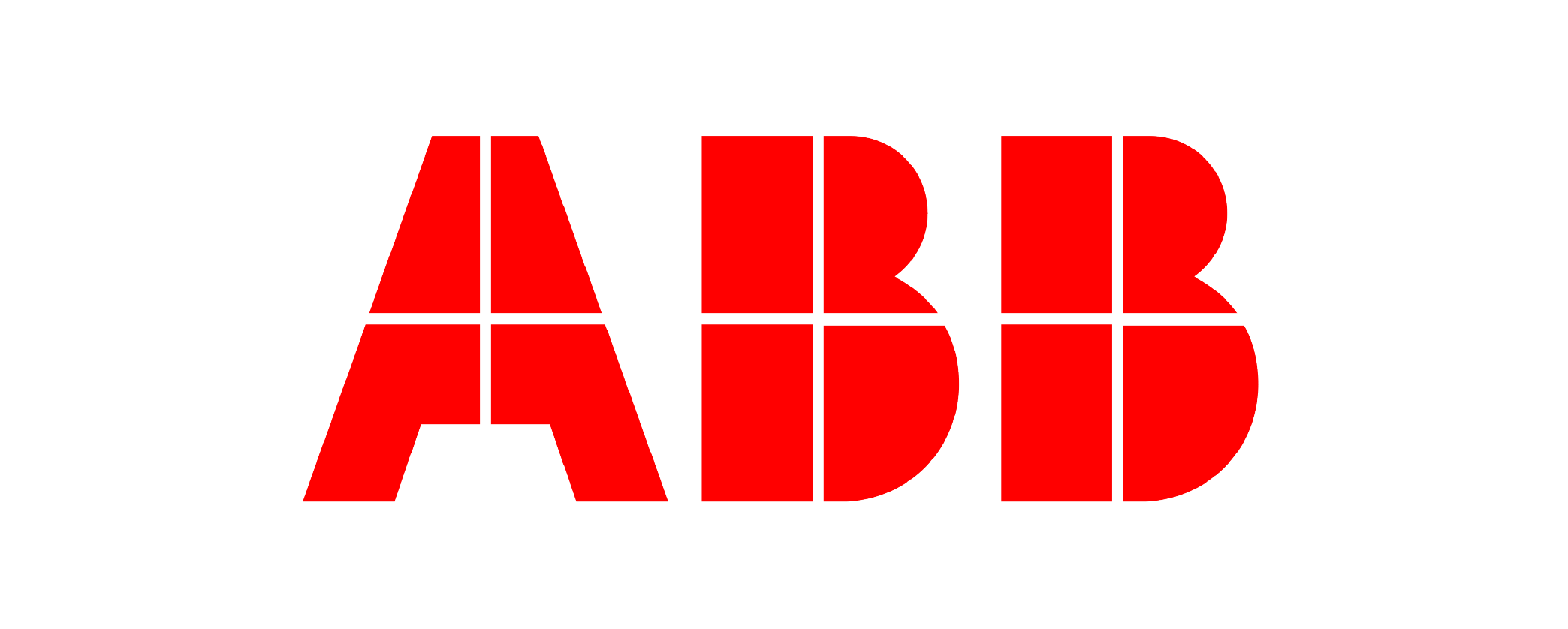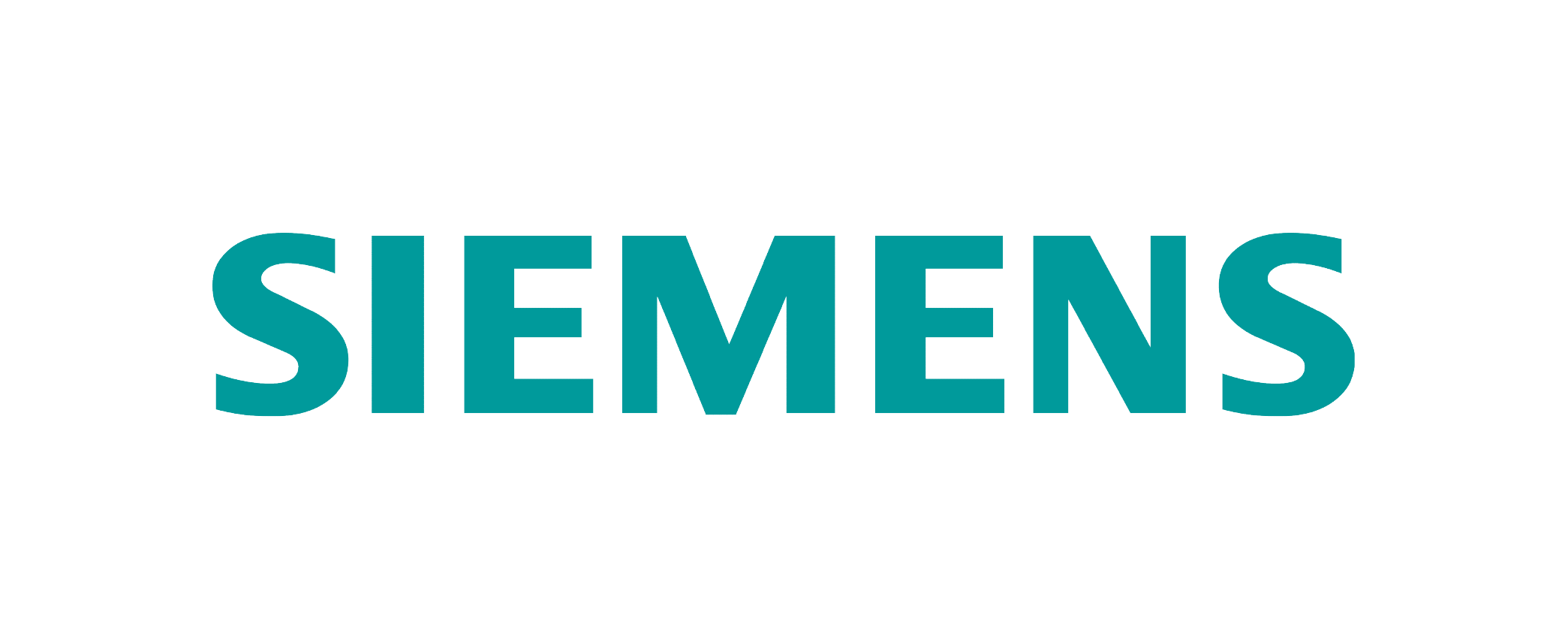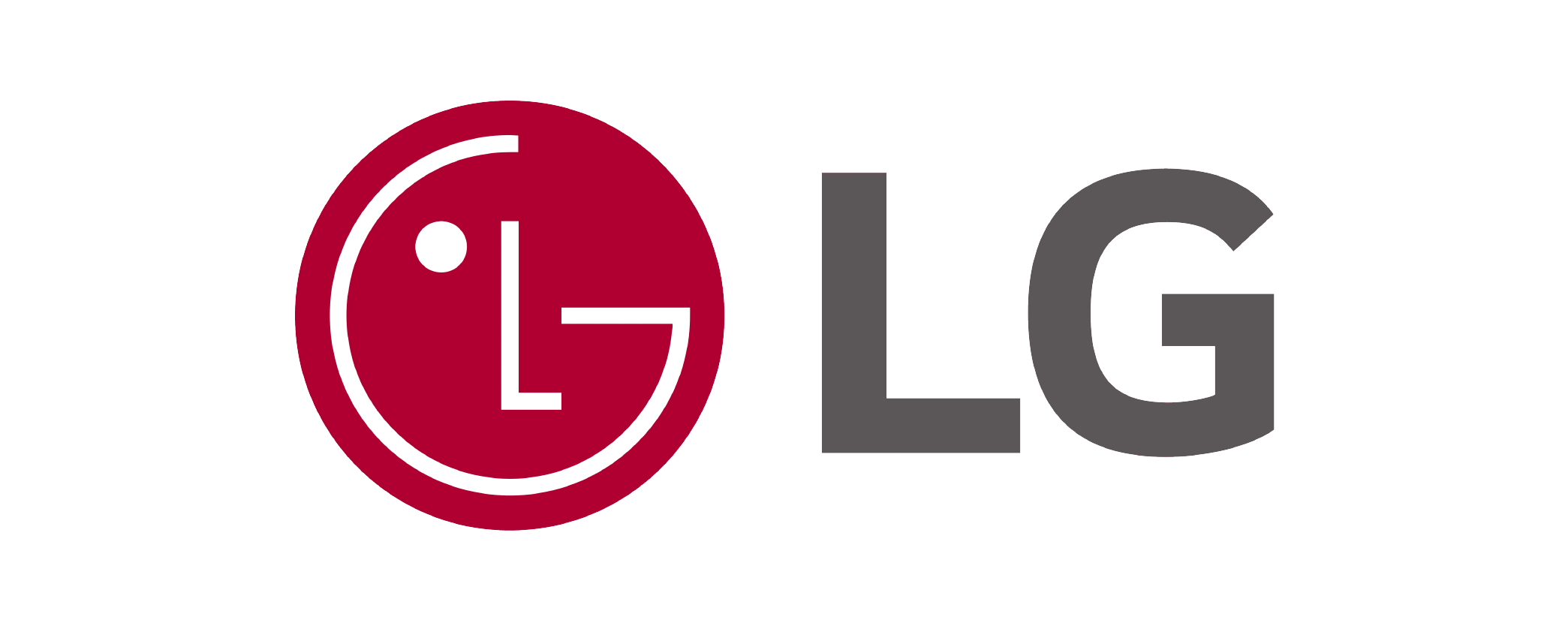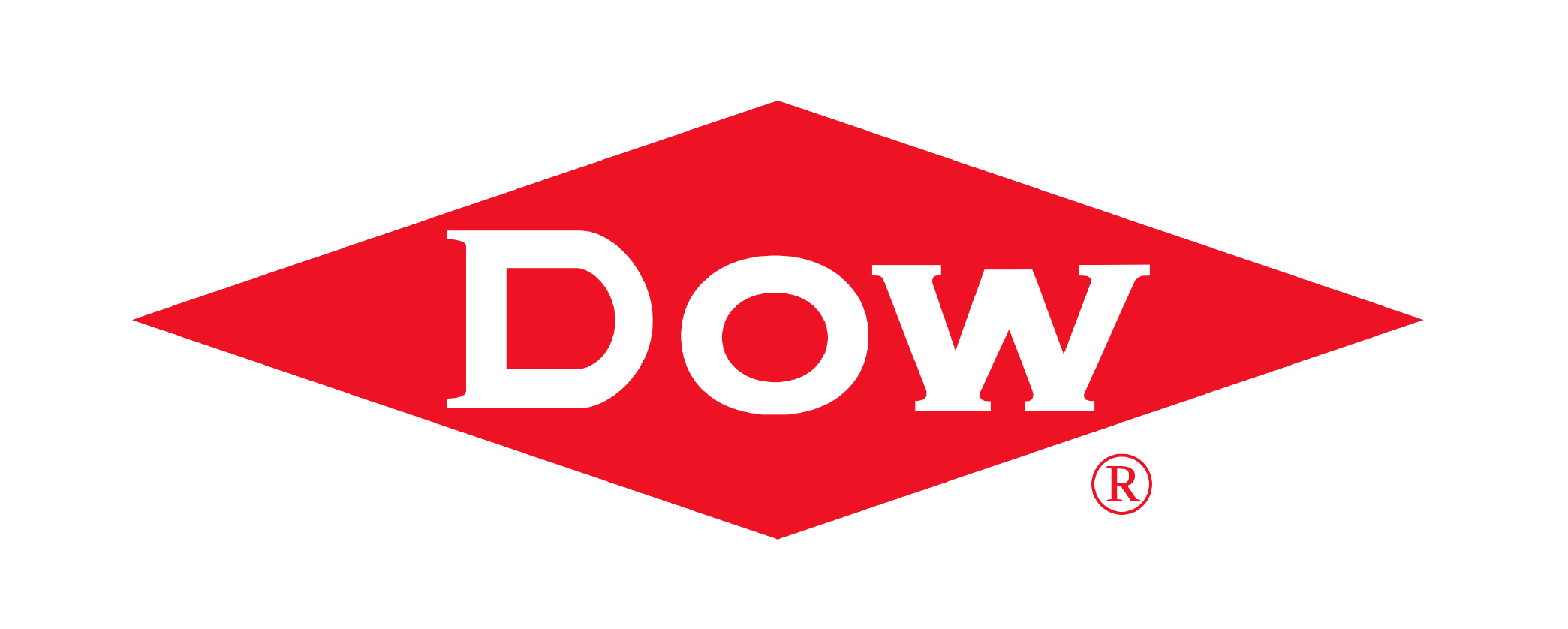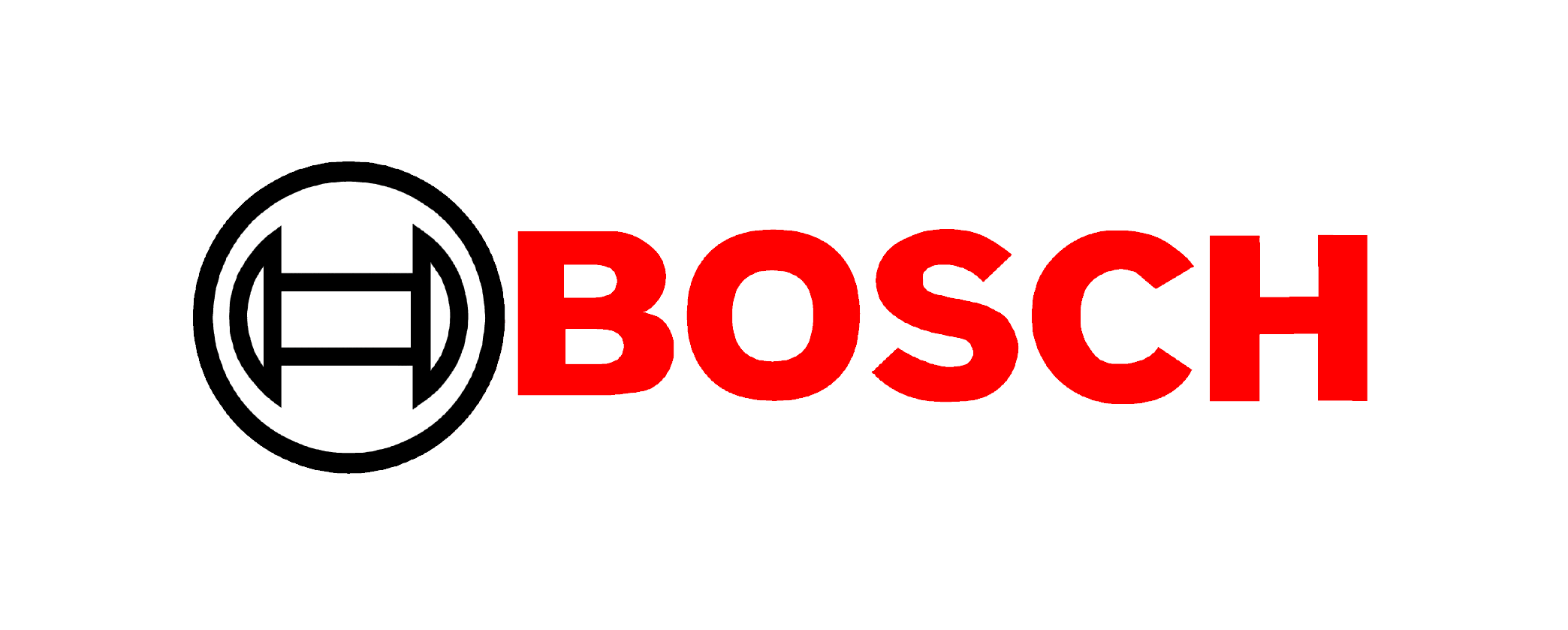The global Urban Vertical Garden Kits Market size was valued at USD 2 Billion in 2024 and is projected to expand at a compound annual growth rate (CAGR) of 15% during the forecast period, reaching a value of USD 6 Billion by 2032.
The "Urban Vertical Garden Kits Market Research Report" from Future Data Stats offers a comprehensive analysis of the Market landscape, leveraging historical data from 2021 to 2023 to highlight significant trends and growth patterns. With 2024 as a baseline year, the report examines consumer behaviors, competitive dynamics, and regulatory influences shaping the industry. Going beyond basic analysis, it provides a well-researched forecast for 2025 to 2033. Utilizing advanced data analysis techniques, the report outlines the Market's growth path, identifies emerging opportunities, and anticipates potential challenges, equipping stakeholders with essential insights to navigate the evolving Market environment effectively.
MARKET OVERVIEW:
Urban vertical garden kits help people create green spaces in limited urban areas. They encourage growing plants vertically on walls or small spaces, making gardening accessible for city dwellers. These kits promote healthier living environments by improving air quality and adding natural beauty indoors and outdoors. These kits also support sustainability efforts by reducing urban heat and enhancing biodiversity. They provide an easy, attractive way to incorporate nature into homes, offices, and public spaces. Ultimately, urban vertical garden kits aim to bring greenery closer to people’s daily lives, even where space is scarce.
MARKET DYNAMICS:
The urban vertical garden kits market embraces several latest trends that shape its growth. Consumers increasingly prefer smart gardening solutions that integrate automated irrigation and lighting systems, making plant care easier and more efficient. Modular and customizable designs also gain traction, allowing users to tailor kits to their specific spaces and styles. Sustainability drives innovation as manufacturers develop eco-friendly materials and water-saving features to meet environmental demands. Looking ahead, the market shows promising business scope fueled by urbanization and rising environmental awareness. Companies explore new applications beyond residential use, expanding into commercial, institutional, and industrial sectors. Advances in technology will further simplify vertical gardening, attracting a broader audience. As cities strive to become greener and healthier, urban vertical garden kits will play a key role, opening opportunities for startups and established players alike to innovate and capture growing demand.
These kits offer convenience and accessibility, allowing individuals to cultivate plants in limited spaces. Moreover, the increasing awareness of environmental issues fuels interest in urban gardening, as people recognize the benefits of fresh produce and improved air quality. However, challenges exist in this evolving market. High initial costs and the need for ongoing maintenance can deter potential buyers. Additionally, limited knowledge about gardening techniques may restrict adoption among urban dwellers. Despite these restraints, opportunities abound. Companies can capitalize on this trend by providing educational resources and affordable solutions. As urban populations continue to rise, the potential for growth in the vertical garden kits market remains significant, inviting innovation and creativity.
URBAN VERTICAL GARDEN KITS MARKET SEGMENTATION ANALYSIS
BY TYPE:
Urban vertical garden kits cater to two main types—indoor and outdoor setups—each offering unique benefits that drive market growth. Indoor vertical garden kits have seen a surge in popularity due to their ability to transform living spaces into green sanctuaries. Homeowners and urban dwellers favor these kits to bring nature inside, improving air quality and adding aesthetic value. The increasing focus on biophilic design has also contributed to the demand for indoor kits in residential and commercial environments. On the other hand, outdoor vertical garden kits are essential for maximizing greenery in limited urban spaces. These kits suit balconies, terraces, and building exteriors, providing both insulation and cooling benefits in densely populated areas.
They also support urban biodiversity by creating micro-ecosystems that attract pollinators and birds, thus reinforcing the ecological significance of vertical gardens. As more cities adopt green building initiatives, both indoor and outdoor vertical garden kits are poised for significant growth, driven by sustainability goals and the push for urban greening.
BY MATERIAL:
The materials used in vertical garden kits—metal, plastic, wood, and fabric—play a pivotal role in defining market dynamics. Metal vertical garden kits stand out for their durability and modern look, making them a preferred choice in commercial and upscale residential projects. Their sleek and robust designs cater to high-traffic areas and endure harsh weather conditions when installed outdoors. Plastic kits, on the other hand, appeal to budget-conscious consumers and DIY enthusiasts due to their lightweight, easy-to-install nature. Their affordability and variety of styles have made them accessible to a wide customer base. Wooden vertical garden kits bring warmth and a natural feel, attracting consumers who prioritize aesthetics and a rustic, organic touch.
Wooden kits often find their place in both residential and commercial spaces aiming for a natural theme. Fabric vertical garden kits provide flexibility and portability, making them popular for indoor use where easy relocation and maintenance are key. Each material segment thus addresses different needs and price points, expanding the market’s reach.
BY APPLICATION:
Vertical garden kits find diverse applications in residential, commercial, industrial, and institutional settings, reflecting the market's broad appeal. In residential settings, homeowners use these kits to create lush green walls, transforming balconies and patios into serene retreats. They are seen as tools for personal wellness and creative expression. In commercial spaces, vertical garden kits add vibrant, sustainable aesthetics to offices, restaurants, and shopping centers, helping to improve air quality and enhance brand image. Industrial sites are adopting vertical garden kits to green up otherwise stark environments, improving workplace morale and contributing to sustainability targets.
Institutional applications are also on the rise, with schools, hospitals, and government buildings leveraging vertical garden kits to create healthier, more inviting spaces for students, patients, and staff. This growing trend of using vertical garden kits across different sectors highlights their adaptability and the increasing recognition of their social and environmental benefits.
BY DISTRIBUTION CHANNEL:
Distribution channels shape the accessibility and adoption of urban vertical garden kits, with both online and offline retail playing crucial roles. Online retail has grown rapidly, fueled by the convenience of e-commerce and the availability of detailed product information. Consumers appreciate the ability to compare styles, read reviews, and order kits directly to their homes, often with customization options that offline stores cannot match. The rise of DIY culture has further boosted online sales, as tutorials and virtual design tools empower buyers to experiment with vertical gardens at home.
Offline retail, meanwhile, remains vital for hands-on experiences, allowing customers to see the quality of materials and get advice from knowledgeable staff. Garden centers, home improvement stores, and specialty retailers have become important offline hubs, attracting urban gardeners who value tactile engagement and expert guidance. Together, these channels ensure a diverse and thriving market, meeting the preferences of both digitally savvy and traditional consumers seeking to bring green walls into their daily lives.
REGIONAL ANALYSIS:
North America leads the urban vertical garden kits market with strong consumer interest in sustainable living and smart home solutions. Urban residents and businesses actively adopt vertical gardens to enhance indoor air quality and aesthetics. The region’s focus on green building certifications and environmental regulations further fuels demand. Retailers and manufacturers continuously innovate, offering advanced kits that integrate technology for easier maintenance and water efficiency.
Europe follows closely, driven by government initiatives promoting urban greening and biodiversity. Cities across the continent incorporate vertical gardens into public spaces, offices, and residential buildings to combat pollution and improve quality of life. The Asia Pacific region experiences rapid market growth due to increasing urban population density and government support for green infrastructure projects. Meanwhile, Latin America and the Middle East & Africa show emerging opportunities as awareness rises, and real estate developments seek eco-friendly solutions. Each region presents unique growth drivers, creating a diverse and expanding global market landscape.
MERGERS & ACQUISITIONS:
- In January 2024: AeroFarms acquired Vertical Harvest to expand its urban vertical garden kit offerings.
- In February 2024: Gardyn partnered with Home Depot to distribute its smart vertical garden kits nationwide.
- In March 2024: BrightFarms merged with Gotham Greens to strengthen its urban farming solutions.
- In April 2024: Click & Grow secured $15M in funding to enhance its automated vertical garden systems.
- In May 2024: Plenty Unlimited Inc. acquired Urban Cultivator to diversify its indoor gardening product line.
- In June 2024: GreenStalk Garden launched a new modular vertical garden kit in collaboration with Walmart.
- In July 2024: Tower Garden by Juice Plus+ expanded into European markets with a new distribution deal.
- In August 2024: Babylon Micro-Farms merged with Fork Farms to innovate sustainable urban gardening solutions.
- In September 2024: Rise Gardens partnered with Amazon to streamline online sales of its hydroponic kits.
- In October 2024: Lettuce Grow acquired by ScottsMiracle-Gro to integrate vertical farming into retail chains.
- In November 2024: Niwa (smart garden startup) raised $8M in Series B funding for global expansion.
- In December 2024: Infarm collaborated with IKEA to launch co-branded vertical garden kits in select stores.
KEY MARKET PLAYERS:
- AeroFarms
- Gardyn
- BrightFarms
- Gotham Greens
- Click & Grow
- Plenty Unlimited Inc.
- Urban Cultivator
- GreenStalk Garden
- Tower Garden (Juice Plus+)
- Babylon Micro-Farms
- Fork Farms
- Rise Gardens
- Lettuce Grow
- Niwa
- Infarm
- VeggieWall
- Modular Farms
- Nutritower
- Living Greens Farm
- TerraSphere
Urban Vertical Garden Kits Market: Table of Contents
Introduction
Market Overview
Key Insights
Market Dynamics
- Drivers
- Restraints
- Opportunities
- Challenges
Market Trends
Regulatory Landscape
Impact of COVID-19
Market Segmentation
- By Type
- By Material
- By Application
- By Distribution Channel
Regional Analysis
- North America
- Europe
- Asia Pacific
- Middle East & Africa
- Latin America
Competitive Landscape
Company Profiles
Future Outlook
Conclusion
Appendix
Urban Vertical Garden Kits Market Segmentation
By Type:
- Indoor Vertical Garden Kits
- Outdoor Vertical Garden Kits
By Material:
- Metal Vertical Garden Kits
- Plastic Vertical Garden Kits
- Wooden Vertical Garden Kits
- Fabric Vertical Garden Kits
By Application:
- Residential
- Commercial
- Industrial
- Institutional
By Distribution Channel:
- Online Retail
- Offline Retail
By Geography:
- North America (USA, Canada, Mexico)
- Europe (UK, Germany, France, Italy, Spain, Rest of Europe)
- Asia-Pacific (China, Japan, Australia, South Korea, India, Rest of Asia-Pacific)
- South America (Brazil, Argentina, Rest of South America)
- Middle East and Africa (GCC Countries, South Africa, Rest of MEA)
WHY SHOULD YOU INVEST IN A MARKET RESEARCH REPORT?
Smarter Business Decisions:
A high-quality market research report delivers valuable insights into industry trends, customer preferences, and competitor strategies. With solid data guiding your choices, you can minimize risks and confidently pursue new opportunities—whether launching a product or expanding into new markets.
Spot Hidden Opportunities:
Market research uncovers unmet customer needs and emerging trends before they become mainstream. By aligning your products or services with these opportunities, you can stay ahead of the competition and capture untapped demand.
Know Your Competition Inside Out:
Gain a clear picture of your competitors' strengths, weaknesses, and strategies. This knowledge helps you refine your unique selling points, craft stronger positioning, and outmaneuver rivals effectively.
Sharper, More Effective Marketing:
Understanding your audience is key to successful marketing. Market research reveals who your customers are, what drives their decisions, and how they engage with brands. With these insights, you can create tailored campaigns that deliver better results and higher ROI.
Reduce Risks Before They Arise:
Every business move carries some risk—but research helps you anticipate challenges before they become costly. By analyzing market conditions and potential obstacles, you can make proactive adjustments to protect your bottom line and reputation.
Strengthen Your Case for Funding:
Investors and lenders want proof of market potential before backing a business. A well-researched report provides the data-driven evidence they need, boosting your credibility and increasing your chances of securing capital.
Stay Ahead of Industry Shifts:
Markets evolve fast, with new technologies, regulations, and consumer behaviors constantly reshaping the landscape. Regular market research ensures you stay informed, adapt quickly, and maintain a competitive edge in your industry.
RESEARCH METHODOLOGY AT FUTURE DATA STATS
At Future Data Stats, we combine decades of industry expertise with cutting-edge research techniques to deliver unparalleled market intelligence. Our team of seasoned analysts employs a dynamic, data-driven approach to uncover actionable insights, helping businesses navigate complex market landscapes with confidence.
Comprehensive & Cutting-Edge Market Analysis
We go beyond surface-level trends to provide a 360-degree view of market dynamics. Our research methodology is designed to:
✔ Accurately assess market size, growth patterns, and competitive landscapes.
✔ Identify emerging opportunities through real-time trend analysis and predictive modeling.
✔ Validate findings with high-quality data, expert consultations, and independent verification.
Our insights empower decision-makers with strategic clarity, ensuring they stay ahead in rapidly evolving industries.
Multi-Source Data Collection & Validation
We leverage a diverse mix of primary and secondary research sources, including:
- In-depth stakeholder interviews (industry leaders, suppliers, distributors, and end-users)
- Statistical databases & market reports from authoritative global sources
- Regional market intelligence to capture localized trends and demand shifts
- Proprietary analytical models tailored to specific industry needs
- By cross-verifying data from multiple streams, we ensure maximum accuracy and reliability.
Key Advantages of Our Research Approach
- Actionable Intelligence – Clear, data-backed recommendations for strategic planning.
- Technology-Enhanced Accuracy – Advanced tools for data validation and trend forecasting.
- Unbiased Insights – Independent analysis free from external influence.
Our Two-Tier Research Framework
- Primary Research – Direct Industry Engagement
- Expert Interviews: Over 25+ hours of discussions with key stakeholders across the value chain.
- Targeted Surveys: Structured questionnaires for KOLs (Key Opinion Leaders) to gauge market sentiment.
- Competitive Benchmarking: Assessing leading players to determine market positioning.
- Secondary Research – Extensive Data Synthesis
- Analysis of 3,000+ documents, including industry reports, whitepapers, and regulatory publications.
- Global & regional data mining from government databases, trade journals, and financial reports.
- Macroeconomic & sector-specific trend mapping for long-term forecasting.
Dual Analytical Approach
We employ both top-down and bottom-up methodologies to ensure precision:
- Bottom-Up Analysis: Calculating market size from granular data, ensuring detailed accuracy.
- Top-Down Assessment: Validating findings through macroeconomic indicators and industry benchmarks.
Why Choose Future Data Stats?
✔ 70+ years of collective expertise in market intelligence.
✔ Customized research models for sector-specific accuracy.
✔ Transparent, reliable, and forward-thinking insights.
With Future Data Stats, you don’t just get data—you get a strategic advantage. Partner with us to unlock the full potential of your market decisions.
Urban Vertical Garden Kits Market Dynamic Factors
Drivers:
- Rising demand for urban green spaces
- Growing interest in home gardening
- Easy installation and maintenance
Restraints:
- High initial setup costs
- Limited awareness in some regions
- Space constraints in dense urban areas
Opportunities:
- Innovative and modular designs
- Partnerships with real estate developers
- Increased use in commercial and hospitality sectors
Challenges:
- Managing irrigation and nutrient supply
- Ensuring long-term plant health
- Balancing design and functionality
Urban Vertical Garden Kits Market Regional Key Trends Analysis
North America:
- Emphasis on sustainability in city planning
- Surge in DIY and home improvement projects
- Eco-friendly design incentives
Europe:
- Adoption of smart gardening solutions
- Integration of vertical gardens in public spaces
- Focus on biodiversity in cities
Asia Pacific:
- Expansion of urban farming in high-rise buildings
- Government support for green infrastructure
- Growing awareness of air quality benefits
Middle East and Africa:
- Use of vertical gardens in arid environments
- Rising demand for cooling solutions in buildings
- Integration in luxury real estate projects
Latin America:
- Urban renewal projects featuring green walls
- Adoption by hospitality industry for aesthetics
- Focus on community gardening initiatives
Frequently Asked Questions








